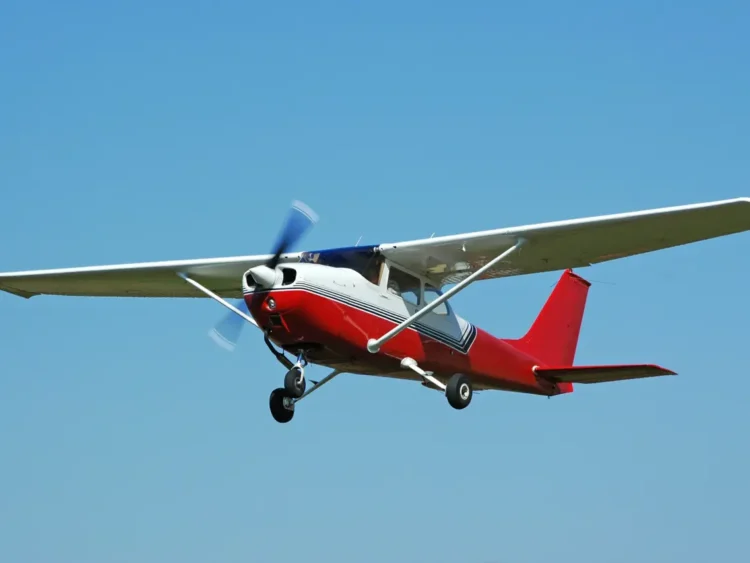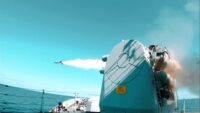Welcome to my next article in a list of a long series. You’re probably here because you want to understand what actually makes an airplane stay in the air, rather than just hoping for the best every time the wheels leave the ground. In this chapter, we’ll break down the science of flight and make it simple.
I promise that by the end, you’ll feel less intimidated by concepts like “lift” and “drag.” And if you’re still doubting whether flying is for you, just remember: if a plane stays in the air thanks to four forces working together, so can you.
Why Gary Kirstens resignation might be a blessing in disguise
Pakistan pride vs Foreign coach business
For more such opinions & blogs, click here.
1. The Big Four: Lift, Weight, Thrust, and Drag
Let’s start with the four forces that keep your plane flying smoothly (and, thankfully, right side up).
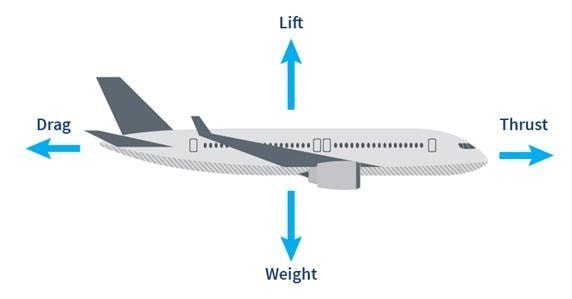
Lift
Lift is what gets you up in the air and keeps you there. It’s the magical force that counteracts gravity, and without it, you’d just be driving around on the runway. Lift happens when air flows over and under the wings, creating a difference in pressure. Think of lift as your plane’s “get-out-of-gravity-free card.”
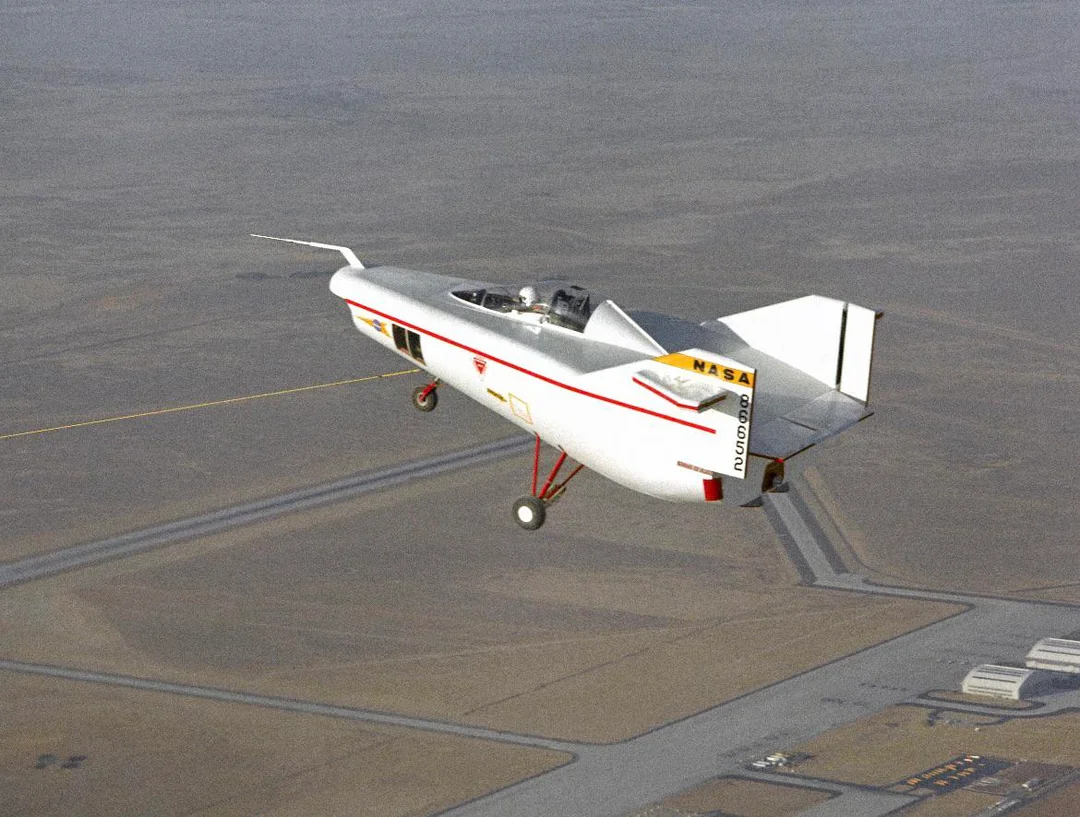
To create lift, airplanes have specially designed wings that are slightly curved on top and flatter on the bottom. When the plane moves forward, air flows faster over the top of the wing, creating lower pressure, while slower air below creates higher pressure. This difference pushes the wing (and therefore the plane) up.
PM to attend 8th Edition of Future Investment Initiative in Riyadh
PM vows to make Pakistan- a polio free country
Weight
Weight is the force that pulls everything (yes, including planes) down toward Earth. It’s that little reminder from gravity that says, “You may be flying now, but I’m still here.”
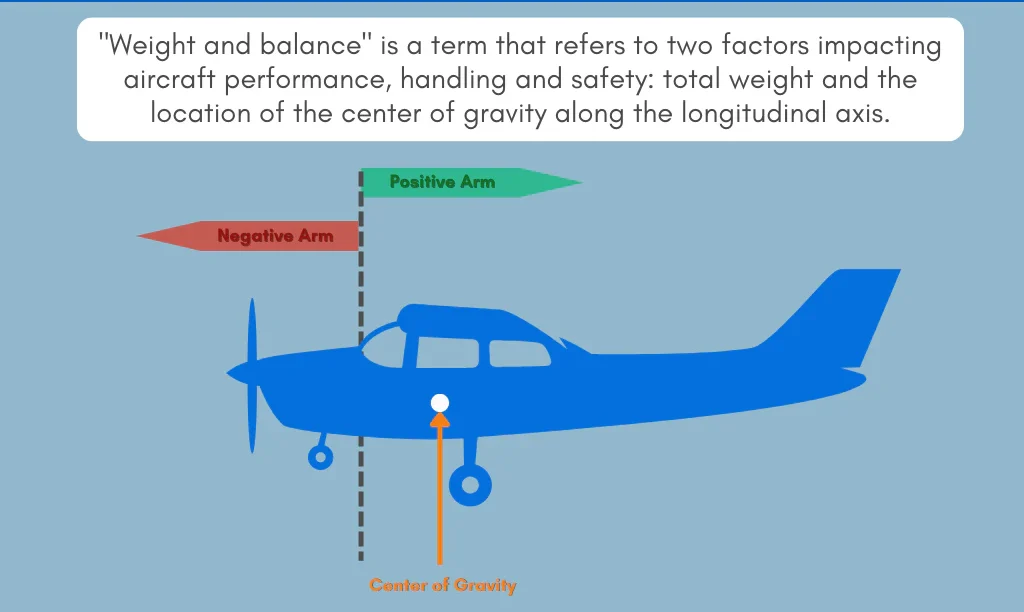
The weight of the plane, including everything in it—fuel, passengers, snacks—needs to be balanced against the lift to keep you in the air. Pilots calculate and manage weight to make sure they’re light enough to get off the ground but heavy enough to stay steady.
Thrust
If lift is what gets you up, thrust is what moves you forward. Thrust is the force generated by the plane’s engine that pulls it through the air. Without thrust, a plane would be stuck on the runway forever, like a very expensive, very grounded bird.
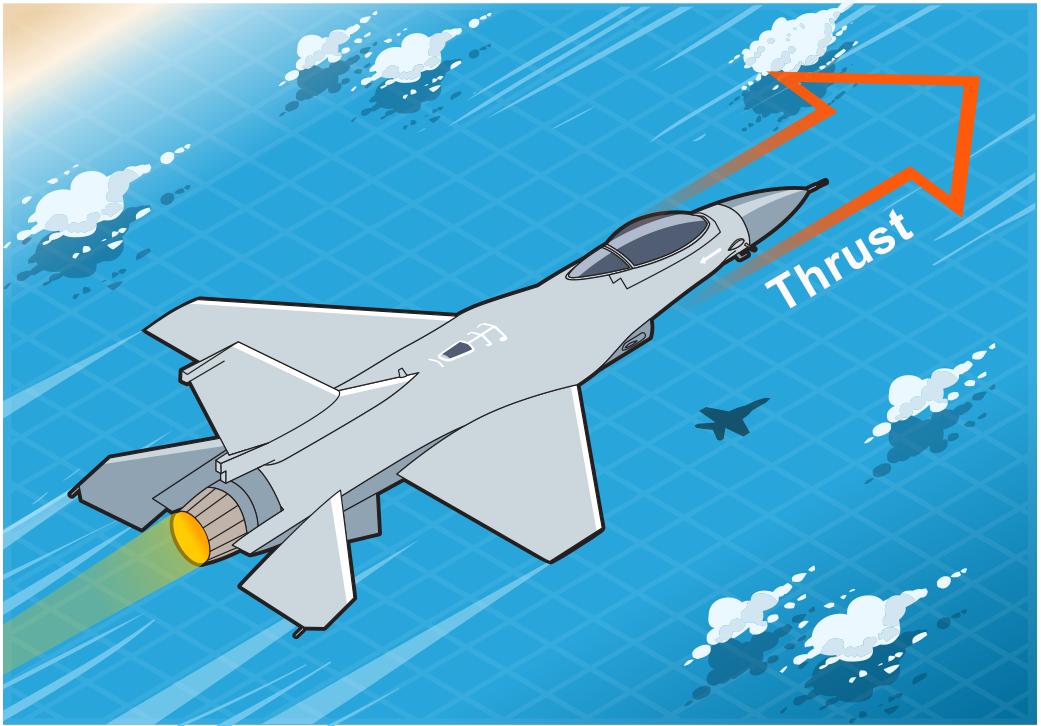
Thrust is what enables lift by moving the plane forward fast enough to keep that precious air flowing over the wings.
Harris, Trump remain tied heading into final stretch of presidential race
WAPDA to build 5 small dams in GB to generate 13940MW electricity
Drag
Finally, there’s drag, the force that works against thrust. Think of it as the friend who drags you back when you’re trying to run fast. Drag slows the plane down, which might sound like a bad thing, but in moderation, drag helps control the plane’s speed and keeps it from flying too fast and out of control.
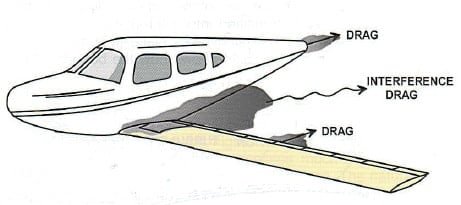
Now, these forces sound like they’re in constant battle, but really, they’re in perfect balance (when everything’s working as it should). When lift and weight are equal, the plane flies level. When thrust and drag are balanced, the plane flies at a steady speed. Each force has a role, and understanding them is like learning the language of flight.
2. Why Planes Don’t Just Fall Out of the Sky
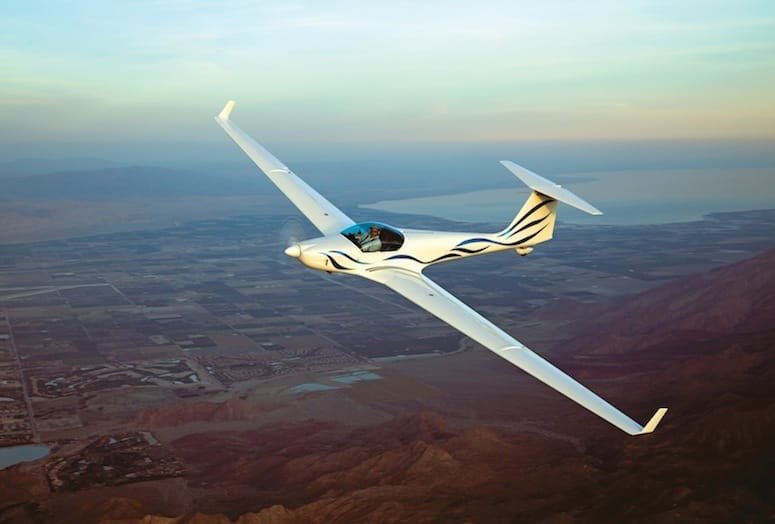
Let’s bust a common myth right here: planes don’t fall out of the sky. People sometimes think that if the engine stops, the plane will immediately drop like a rock. But planes are designed to glide safely, even without engine power.
Think of the plane as a paper airplane with an engine: even if the engine cuts out, a plane still has “glide.” In fact, modern airplanes are so well-designed that they can glide for miles without power. The wings and design work to create a steady path down, even if the worst happens. So, the next time someone nervously asks, “What if the engine fails?” you can assure them that the plane won’t simply drop—it’ll glide, and pilots are trained to handle it.
Envoys present credentials to President
Moscow desires to enhance Pak-Russia bilateral ties: Valentina
3. Getting to Know Your Aircraft: Basic Controls
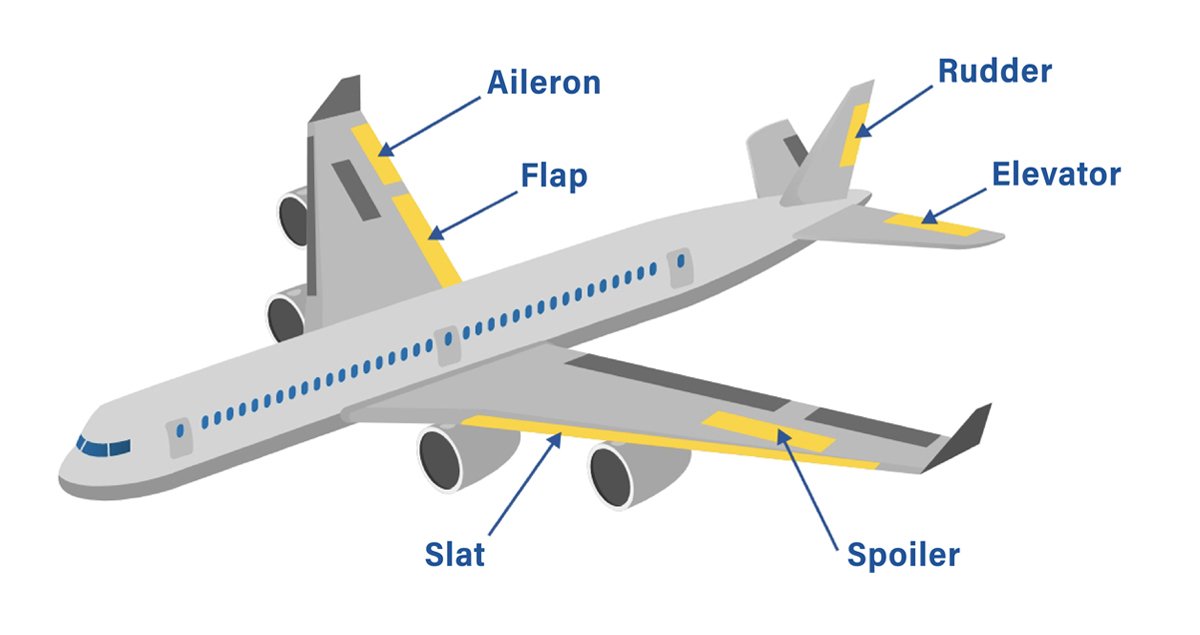
Now that you know about the forces that keep you in the air, it’s time to look at the controls that let you stay there—and steer, bank, and land safely.
Every plane has three main control surfaces: the ailerons, rudder, and elevators. Each one affects the plane’s position in different ways, so let’s break them down.
Ailerons (Controlling Roll)
The ailerons are located on the wings, usually near the wingtips. They move up or down depending on which way you want to turn the plane. When you push the control stick to the left, the left aileron goes up, lowering lift on that wing, while the right aileron goes down, increasing lift. This combination tilts the plane, or makes it “roll,” to the left.
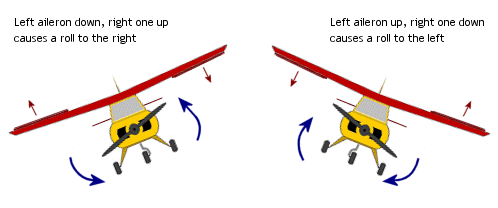
If you’ve ever steered a shopping cart that pulls to one side, you’ve experienced a crude version of roll. The plane responds to changes in lift on each side, allowing it to bank left or right. Roll is also essential for making smooth, controlled turns.
Rudder (Controlling Yaw)
The rudder is on the vertical tail fin of the plane. It’s what you use to control the plane’s left-to-right movement or “yaw.” Pilots use the rudder pedals to steer the plane like you’d steer a boat.
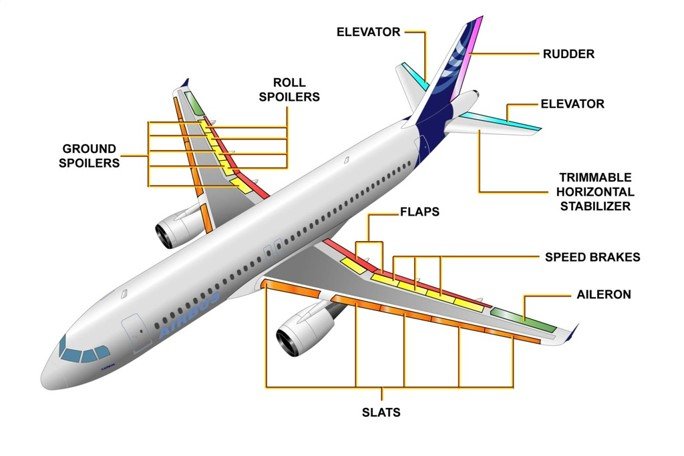
Imagine you’re paddling a canoe and want to turn left. You’d paddle on the right side, creating resistance that pushes the canoe left. The rudder works similarly, helping adjust the plane’s direction without affecting its roll or pitch.
“Pakistan To Be Blamed”: UP Pollution Official’s Claim As Toxic Air Chokes Noida
Pakistan Cricket Board Announces New Limited-Overs Coach As Gary Kirsten Resigns
Elevators (Controlling Pitch)
Elevators are on the horizontal tail of the plane, and they control the nose-up or nose-down motion known as “pitch.” If you pull back on the control stick, the elevators tilt up, creating more lift on the tail and raising the nose. If you push forward, the elevators tilt down, lowering the nose.
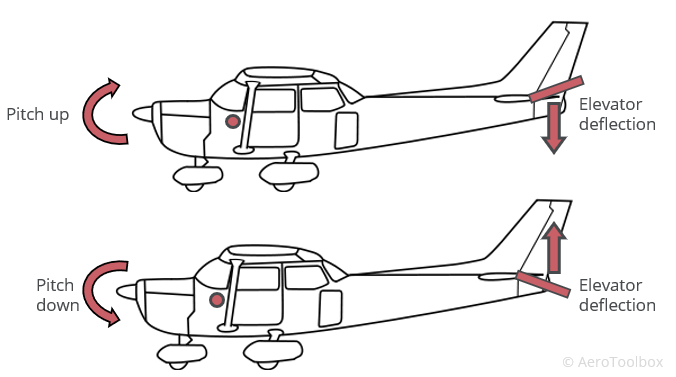
The elevators help you climb, descend, and maintain level flight. You’ll use them every time you change altitude or make adjustments for a smooth flight.
4. The Cockpit: What’s That Button Do?
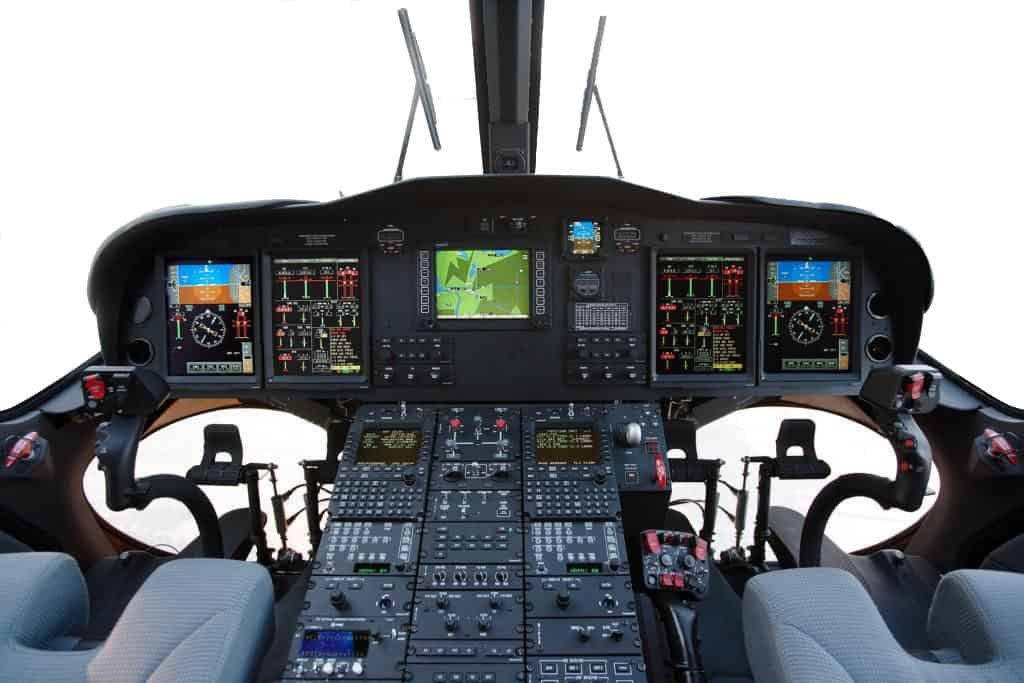
The cockpit may look intimidating with its panels, buttons, and switches, but each part has a purpose. Here’s a look at the key instruments that every pilot relies on, from takeoff to landing.
Altimeter (How High You Are)
The altimeter measures altitude, or how high you are above sea level. It’s crucial for staying aware of your height, especially near mountains, tall buildings, or other planes.
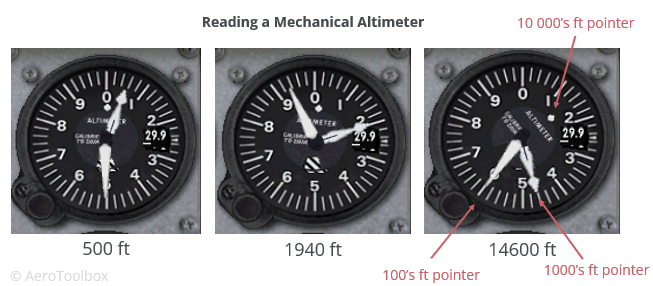
Think of it as your height-tracking buddy—it ensures you’re flying at a safe, steady altitude.
PM Shehbaz felicitates CM Maryam on her birthday
Army van comes under attack in Akhnoor, IIOJK
Airspeed Indicator (How Fast You’re Going)
The airspeed indicator shows your speed in relation to the air around you. It’s not exactly the same as a car’s speedometer because it accounts for air pressure, but it’s close.

Knowing your airspeed helps you avoid stalling (going too slow) or overstressing the plane by going too fast.
Artificial Horizon (Your Attitude)
The artificial horizon tells you the plane’s orientation relative to the ground. If the plane’s nose is up or down, or if you’re banking left or right, this instrument will show it.
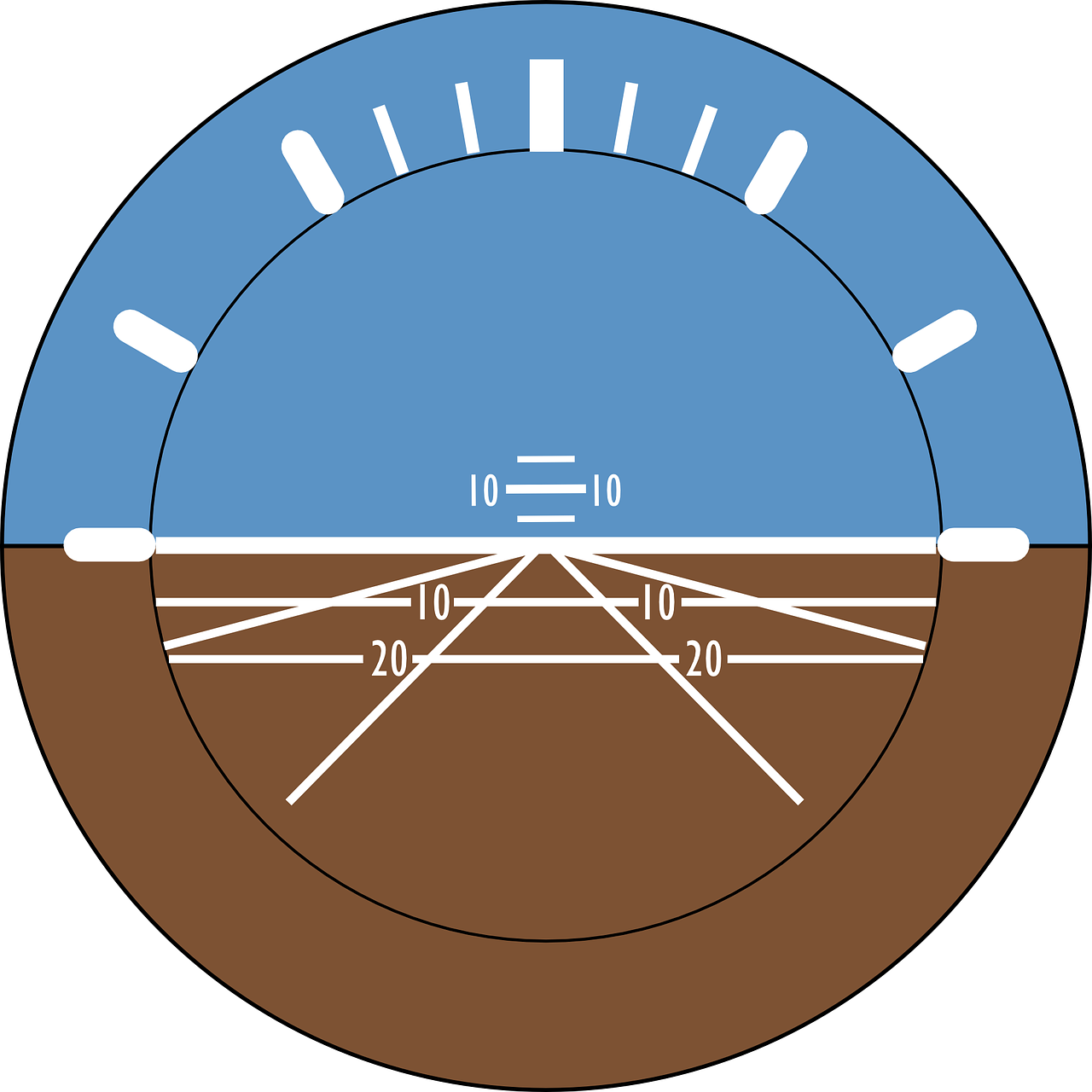
It’s especially helpful if you’re flying through clouds or low visibility, where your sense of direction can get skewed.
A Black Cat Crossing your Path brings Bad Luck
Mysterious green spots seen on Mars raises new theory about life on Red Planet
Vertical Speed Indicator (How Fast You’re Climbing or Descending)
This instrument shows your rate of climb or descent in feet per minute. It helps you make smooth altitude changes, especially during takeoff
and landing.

Heading Indicator (Where You’re Going)
The heading indicator shows your compass heading. It’s aligned with the magnetic compass but provides a steadier reading, helping you navigate in a straight line.
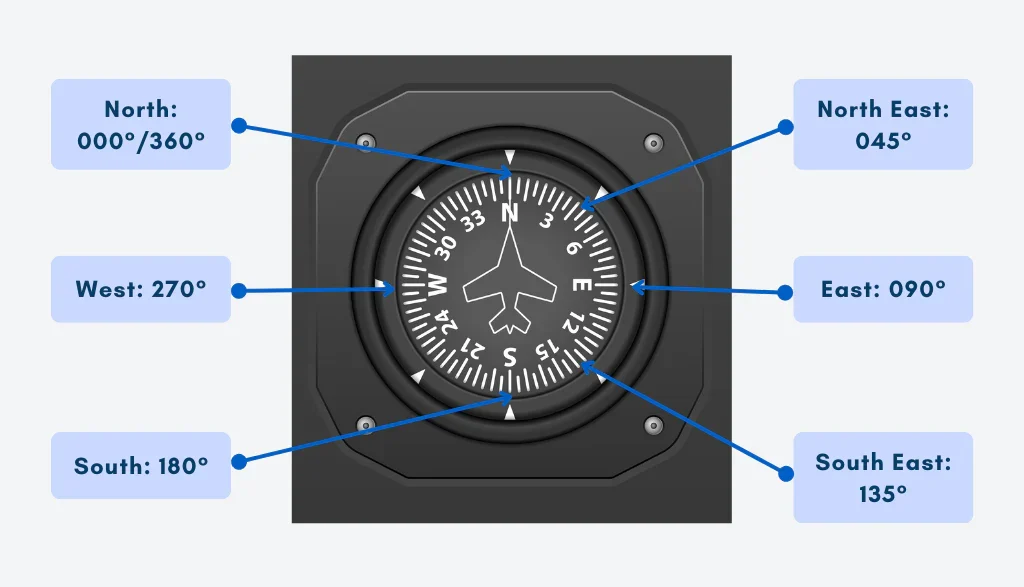
LAC patrolling to resume soon after border breakthrough with China: S Jaishankar
5. Why Understanding Basics Helps You Stay Calm
One of the biggest benefits of understanding these basics is the confidence it brings. Knowing how your plane works, how it’s controlled, and what each instrument tells you can be a huge comfort. This knowledge is like a toolbox that helps you stay calm and in control, especially when something unexpected happens.
For example, when I was flying a Cessna 182 RG over Islamabad’s new airport, I faced my first emergency: the landing gear wouldn’t deploy. My heart was racing, but my instructor calmly explained that we’d do a “go-around” (a procedure to abort a landing and climb to gain altitude) while manually lowering the gear. Even with manual assistance, we couldn’t confirm the gear was fully down. So, we decided to perform a one-wheel landing, touching down gently to check the gear’s stability before settling onto the remaining wheels.
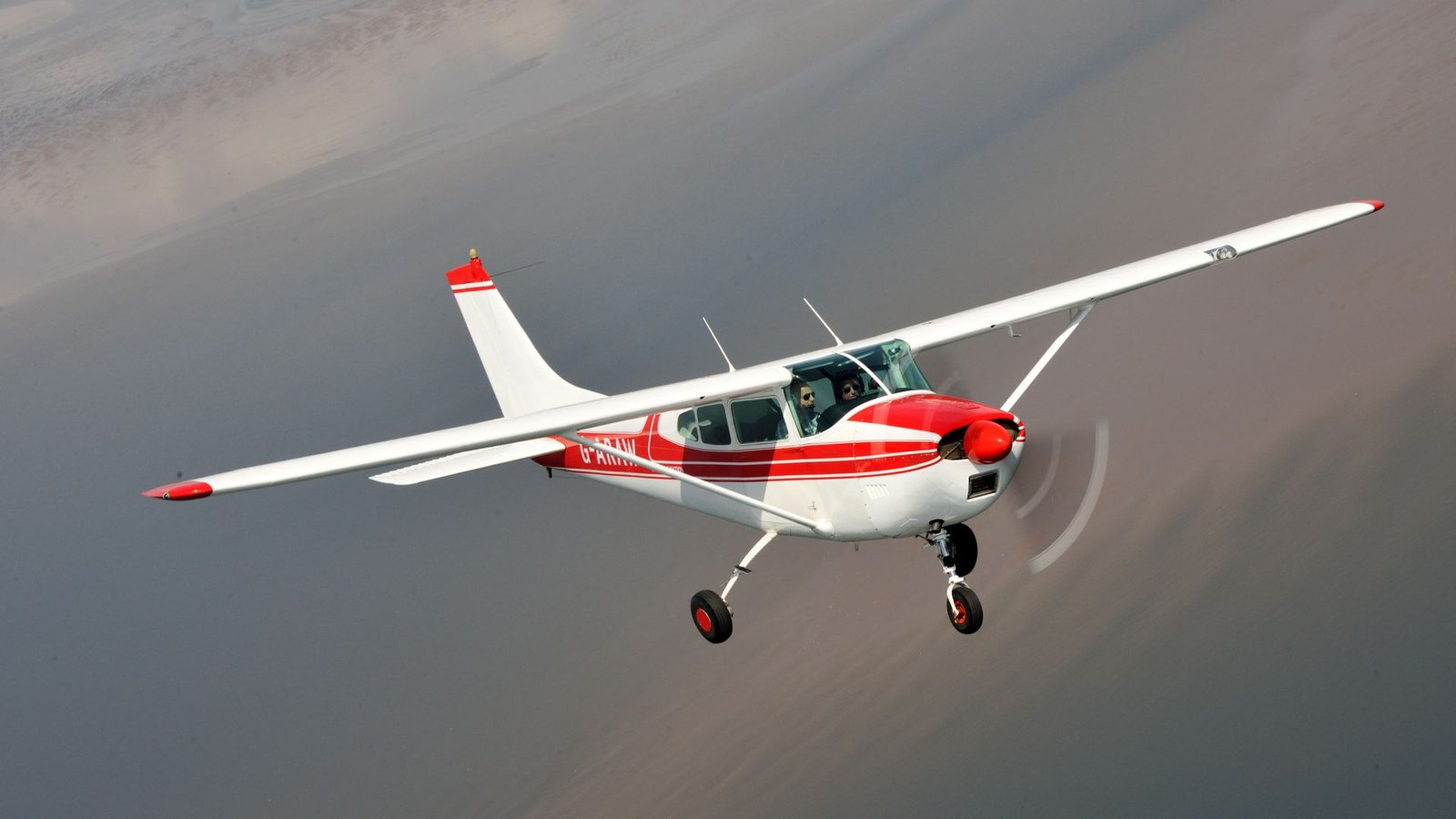
This experience taught me that even during unexpected situations, understanding flight mechanics and procedures can guide you to a safe outcome. It reminded me that flying is about skill, not luck. Pilots don’t rely on magic or blind faith; they rely on knowledge, training, and a calm approach.
So remember: every piece of knowledge you gain brings you one step closer to being the confident pilot you’re destined to be. Whether it’s knowing the purpose of a control surface or understanding how lift works, these basics give you the power to face whatever the skies throw your way.
And that’s what flying really is—mastering each component of your aircraft, one lesson at a time, until you’re ready for anything.
For more such opinions & blogs, click here.
Baba Vanga And Nostradamus Have Made The Same Chilling Prediction For 2025
Illegal Chinese Mobile Jammers Found In Market, Shop Owner Arrested
World Day for Audiovisual Heritage being celebrated today
Stay tuned to Baaghi TV for more. Download our app for the latest news, updates & interesting content!
